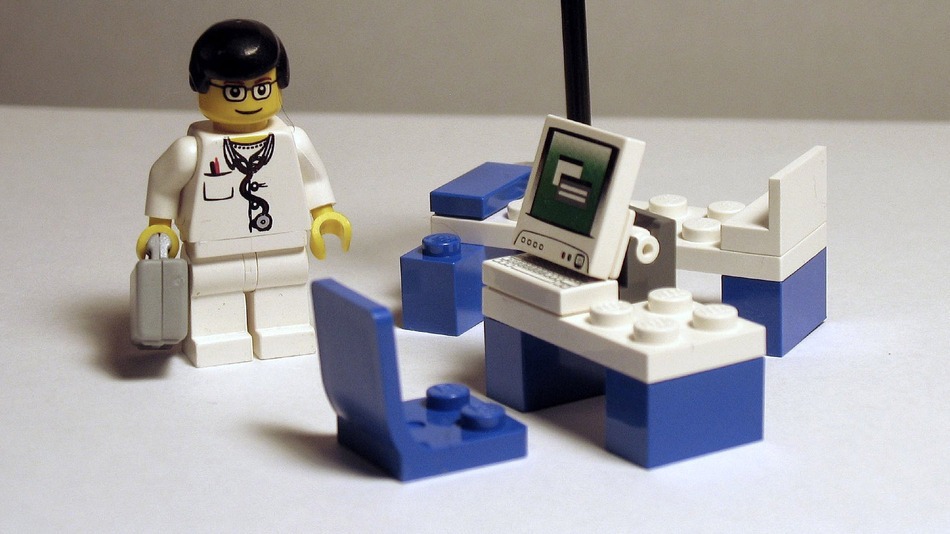Medical technology often refers to electronic or mechanical devices used to alleviate pain, reduce the risk of disease or extend the life of patients. There are a variety of terms used in connection with this field.
A
Automated External Defibrillators or AEDs
An electronic device used to restart the heart secondary to cardiac arrest. Individuals typically find the user-friendly machines in public areas.
C
Cardiac Rhythm Management or CRM
The term describes the device used in the medical technology field concerned with sustaining or reviving heart rhythms. The systems involve may include pacemakers and defribillators.
Cascaded Integrated Combinatorial Filter or CIC
These are multi-rate filters used for system sample rates that exceed bandwidth. The filters support decimation and interpolation structures and consist of adders, subtractors and registers.
Computerized Tomography or CT
The CT scan refers to a type of computerized X-ray that produces three-dimensional views or cross-section slices of the body’s interior.
D
Data Acquisition Card or DAC
A type of card used in diagnostic imaging systems that is responsible for filtering data in the front end of that system.
Data Consolidation Card or DCD
Another type of card commonly used in diagnostic imaging systems that receives data from the DAC for analysis and buffering.
E
External Memory Interface or EMIF
The term refers to memory interfaces commonly used by digital signal processors.
G
Gantry
Contained within CT machines and rotates around a patient to create cross-sectional images.
I
Implantable Cardiac Defibrillator or ICD
A device similar to pacemakers. ICDs continually monitor heart rhythm and correct tachycardia, which involves abnormally high heart rates. The device delivers a small burst of electrical current, which restores rhythm and prevents cardiac arrest.
Intravenous System or IV
The term describes all of the components needed to deliver fluids or medications to a patient via the venous system.
L
Low Noise Amplifier or LNA
The phrase refers to the analog components used in medical technology systems.
M
Magnetic Resonance Imaging or MRI
The term refers to a type of digital diagnostic imaging technology that creates images of internal body structures using magnetic fields and radio waves. The procedure is painless and non-intrusive.
Modality
The word is a generic term meaning any type of diagnostic imaging equipment.
Modulation
The process of altering the amplitude or frequency of an incoming video signal.
N
Nuclear Positron Emission Tomography
Refers to imaging technology that requires small amounts of radioactive materials injected or consumed by patients for the purpose of illuminating designated areas. Unlike typical imaging devices, PET scans illustrate bone, organ or tissue function.
R
Radiography and Fluoroscopy or RNF
The technology is a type of diagnostic X-ray that takes an image of an organ and additionally provides a view of the organ’s function.
S
Slip Ring
Located inside the gantry of a CT machine, the ring serves to ensure a continuous electrical connection between the moving gantry and the stationary portion of the scanner.
T
Time Gain Control
Refers to the analog circuitry contained within diagnostic imaging systems.
U
Ultrasound
The word refers to an imaging device that uses sound waves to create images of internal organs and tissues. The painless and non-invasive procedure might also reveal internal motion of blood flow or organs. Physicians commonly use these types of images for diagnosing abdominal, cardiological or OB/GYN abnormalities.
X
Refers to imaging technology that produces images using electromagnetic radiation. Much like taking a photograph, the two-dimensional images at one time were then transferred onto film that required development. More modern X-ray technology uses computer technology to view or store the images.




